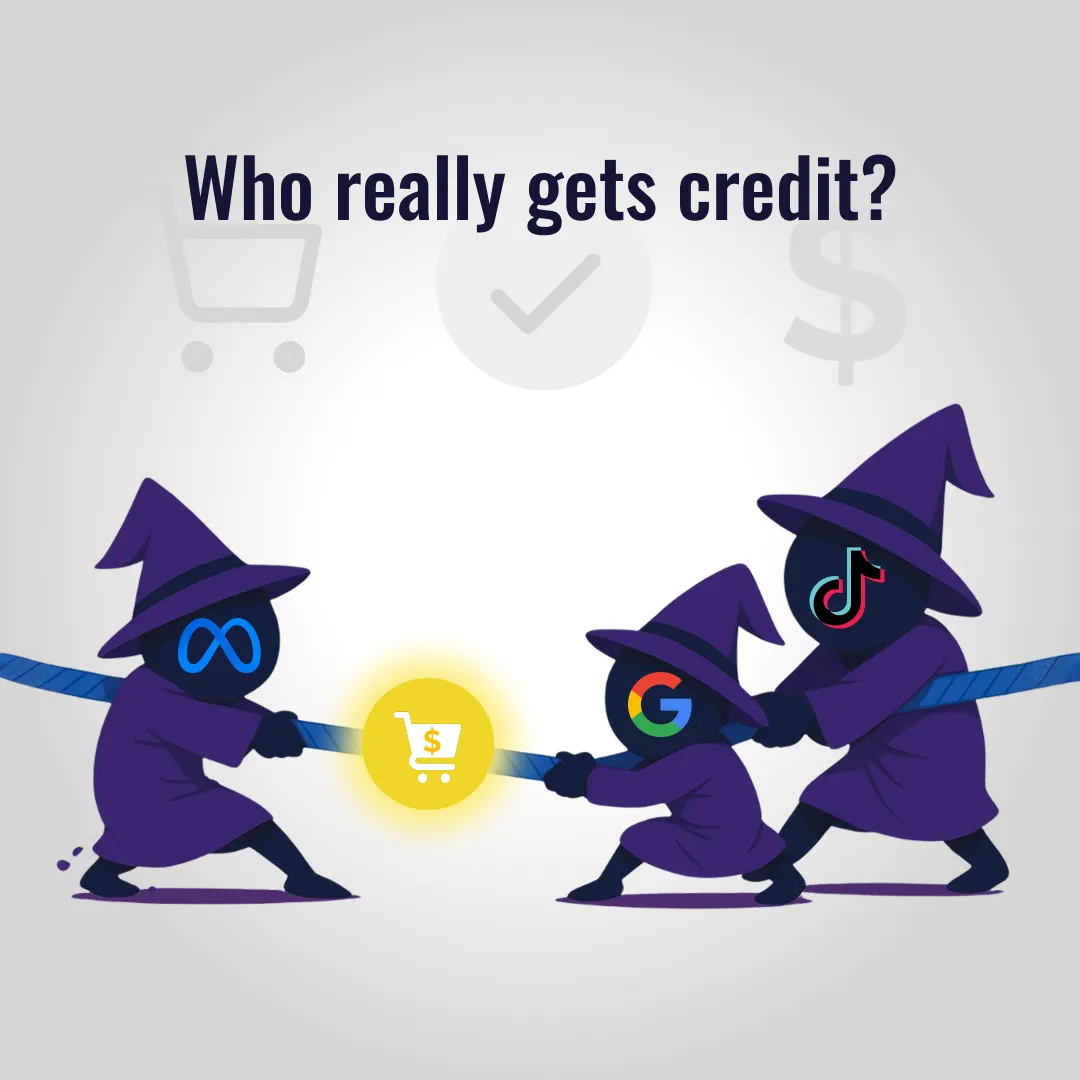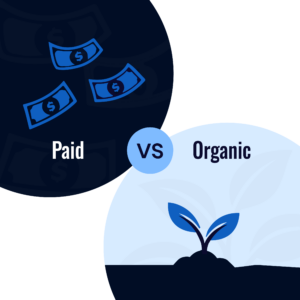Most companies think they’re “data-driven.” They track every click, every purchase, every impression. But here’s the reality: being surrounded by numbers doesn’t mean you’re making the right calls. In fact, many brands misread their data, double down on the wrong channels, and slowly watch returns shrink even as spend goes up. The result? Diminishing returns that feel like a mystery when really, it’s the data leading you astray.
The good news? Once you know where the traps are, you can navigate them and start making smarter, revenue-backed decisions.
Here are four of the most common ways your data lies to you and why ignoring them will quietly bleed your business
1. Don’t Only Trust What’s Inside Ad Platforms
Ad platforms are not neutral judges of your success. They’re sales machines. Meta, Google, TikTok they’re all competing for credit so you keep spending more inside their walls. That’s why they’ll claim conversions that don’t belong to them. The danger? You think you’re profitable when you’re not. You keep funding campaigns that look like winners on the dashboard but are actually losers on your pipeline.
This is how companies end up scaling into a cliff: revenue flatlines, the cost to acquire each customer shoots up, and no one knows why.
2. Don’t Overemphasize Last-Click
Last-click attribution kills good campaigns. Here’s why: most buyers don’t convert in one touch. They scroll past your ad, think about it, Google you later, click a retargeting ad, then finally buy. If you only credit the last click, you’re erasing all the moments that actually built demand.
The danger? You kill off your best-performing awareness campaigns because they “don’t convert” when in reality, they’re the ones filling your funnel. Over time, your customer pipeline dries up, your retargeting pools shrink, and you’re left fighting over scraps at the bottom of the funnel.
3. Don’t Confuse Attribution With Incrementality
This one is the silent killer. Attribution shows you who touched a sale. Incrementality shows you if that sale would’ve happened anyway.
Think about branded search: it always looks like the cheapest, best-performing channel. But most people typing your name into Google are already sold. They’re existing customers, referrals, or people who saw your ad on another platform. You’re paying for conversions you would have gotten for free.
The danger? You start “optimizing” toward fake wins. Budgets shift to channels that don’t grow your business. Then when you turn off true demand-gen campaigns, sales drop and you can’t figure out why.
4. Don’t Fall Into the Messaging Fatigue Trap
This is where businesses spiral into negative data loops. An ad launches strong, you scale it, then it tanks. The platform tells you the ad is “bad,” so you shut it off. Then you scramble to throw more money at the next campaign, only for the same thing to happen again.
The truth? The ad didn’t stop working, your audience just got tired of seeing it. Messaging fatigue makes great creative look like a failure. The danger? You start thinking “nothing works,” you lose confidence in your strategy, and you burn through creative and budget faster than you can replace them.
How to Fix These Issues
So what do you do when the data keeps lying? You build your own truth.
First, stop letting the platforms grade their own homework. Layer in independent tracking, server-side data, your CRM, and third-party tools then map it back to real revenue in your bank account. That’s the only way to see which campaigns are truly profitable.
Second, step away from last-click tunnel vision. Customers don’t buy in a straight line, so your attribution model shouldn’t pretend they do. Use multi-touch attribution or, at the very least, analyze the entire journey to understand which campaigns create demand and which ones simply capture it.
Third, always measure incrementally. Ask yourself: “Would this sale have happened anyway?” Branded search, retargeting, and email often look incredible in dashboards but can cannibalize organic conversions. Test it. Hold out spend in one region or pause for a week the lift (or lack of it) will show you the truth.
Finally, protect yourself from negative data loops by proactively managing creative fatigue. Ads don’t suddenly “stop working.” People just get bored. Build a cadence for refreshing hooks, headlines, and visuals before frequency kills performance.
If you do all four, you stop chasing fake wins and start scaling on real ones. Because the biggest lie in marketing isn’t that data doesn’t work it’s believing the wrong data does.










